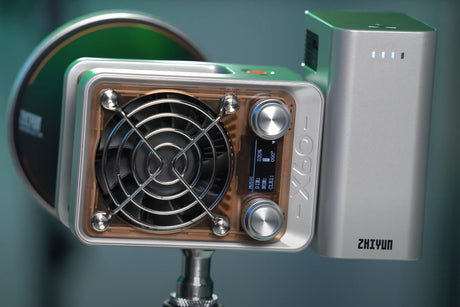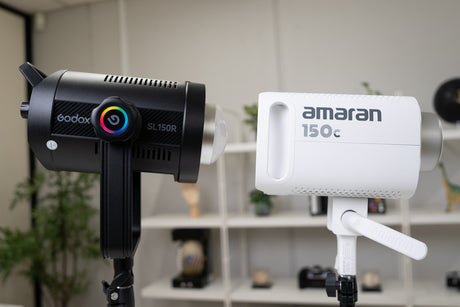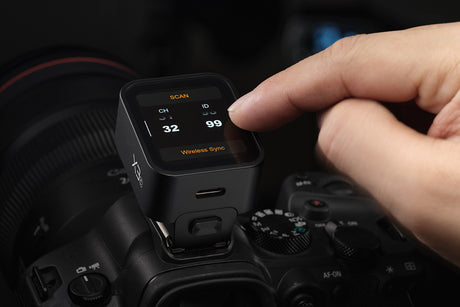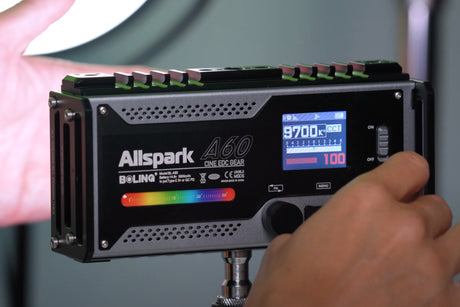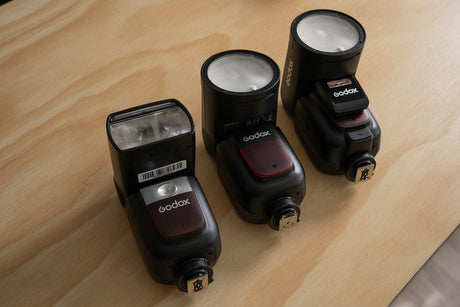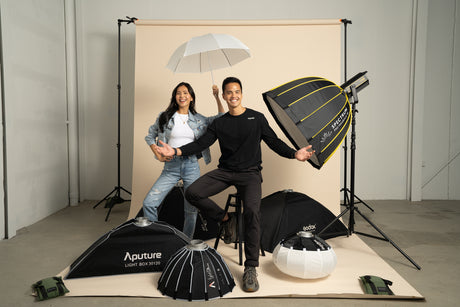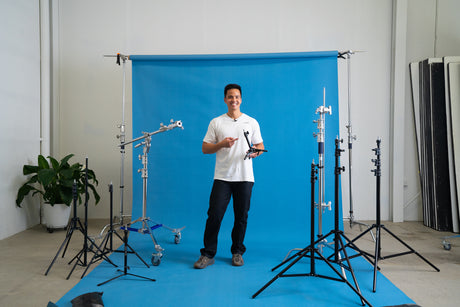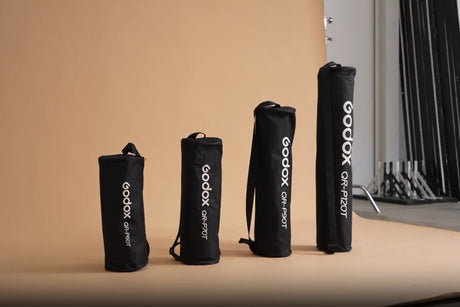The lens is a sequence of complicated elements mostly made of glass, built to deflect and focus the light from the subject to the image sensor of a digital camera.
Aside from composing the image through your viewfinder, the first contact you have with the light from your subject is through the lens of your camera.
Focal Length
This is defined as the distance of the image sensor from the camera lens that converges light. This distance determines the magnification capability of the lens when focusing on a scene. The longer the focal length your camera has, the more it can magnify the subject.
There are several kinds of lenses available to the market but the most basic of these lenses are Telephoto, Wide Angle, Zoom and Prime. They perform the same basic function of the lens: to reflect light from the subject and projects it to the image sensor of the camera or the film. The difference among them is the way they transmit and refract light to the image sensor.
Wide-Angle
Wide-angle lenses use only a short focal length allowing photographers to concentrate the shot on the main subject but while still get the surrounding area in focus as well. The image plane is larger than the focal length with traditional wide-angle lenses, but modern digital cameras have changed that notion. Lens multiplying factors provided by image sensors on modern DSLRs vary, so you should check the specifications on your camera. For instance, if your camera carries a 28mm sensor you will need a lens with a focal length of 28mm or less if you truly want that “wide-angle’ shot to come out right.
Zoom
A zoom lens is the type of lens which possesses the mechanical ability to alter its focal length. It is also known as an optical zoom lens. Zoom lenses can provide variable focal lengths to the photographer, making it a productive professional tool. It can alter its focal length from wide angle to standard and from there to zoom. The zoom lenses are helpful for the photographers as they do not need to hold and alter multiple lenses while working on a project or shooting. The zoom lenses always need extra glass elements to precisely focus light at variable focal lengths. The manufacturers must keep in mind that to achieve an image of best quality, light should pass through the least number of glass elements. It should also be noted that the f-stops might not always be absolutely precise due to the movement between the focal lengths. To encounter this, a lot of manufacturers provide several minimum aperture values when the lens moves from shorter to longer focal lengths. This certainly helps to attain a higher level of precision with apertures as it makes a lens slower at longer focal lengths.
Prime
The focal length of a prime lens is unalterable. It is also termed as a fixed lens due to this characteristic. Prime lenses are generally manufactured with wider maximum apertures and the lens speed is faster as a result of that. In darker conditions, wider apertures really come in handy as they can provide brighter pictures. Besides, one possesses more control over the depth of field while he/she is using the wider apertures. Portrait photographers are the main users of the prime lenses.

Aperture
The opening in the lens that permits light to pass through is called aperture. The aperture is the opening formed by a system of metal leaves in the lens that open up and close down to control the volume of light passing through the lens. It is the lens’s equivalent of the iris of our eye. The combination of the opening of aperture and the shutter speed determines the exposure of the image or photo. More light will pass through the lens with higher or wider aperture, which is measured by f-stops, and each f-stop represent the amount of light admitted from the lens.
If we look on a camera specification it says:
Lens: 35-105mm f-3.5-f8
The “f-3.5-f8″ is called the F-stop or the maximum aperture of the lens. This figure is derived from dividing the focal length of the lens by the aperture opening of the lens.
A larger aperture size is represented with smaller number hence f2.8 is larger f-stop than f5.6. The standardized F-stop number runs as follows: f1.4, f2, f2.8, f4, f5.6, f8, f11, f16, f22, f32, f45, f64.
Each number admits half the light to the previous F-stop.

Depth of Field
Depth of Field (DoF) is the distance between the nearest and farthest objects that appear in acceptably sharp focus in a photograph and is determined by a combination of the opening of the aperture and the focal length of the lens. A small aperture setting results in greater depth of field.
Controlling depth of field is one of the earliest ways of a photographer to compose an image. By limiting the depth of field of the subject, the photographer can turn the attention of the viewer on the subject in focus. Usually, restraining the depth of field of an image helps eliminate confusion in the background. Conversely, when shooting a landscape, you would like the image to have greater depth of field. Limiting the depth of field to the foreground would not make viable sense to a landscape or panoramic image.
Telephoto lenses (with long focal lengths) tend to have shallow focus when the aperture is opened all the way, limiting the depth of field of an image. Wide-angle lenses (with short focal lengths) tend to create images with great depth of field regardless of the aperture setting.
Shutter
The shutter is a device that allows light to pass for a determined period of time, for the purpose of exposing photographic film or a light-sensitive electronic sensor to light to capture a permanent image of a scene.
Shutter Speed
Shutter speed refers to the length of time the shutter is open or the activation of the digital image sensor. The exposure of the photo is produced entirely by the combination of shutter speed and the aperture. Shutter speeds are shown as fractions of a second, such as 1/8 or 1/250. Shutter speed increments are comparable to aperture settings, as each incremental setting either halves or doubles the time of the previous setup. For example, 1/60 of a second is half as much exposure time as 1/30 of a second, and about twice as much as 1/125 of a second.
Photographers often use shutter speed settings to convey or freeze a motion. A moving subject, such as fast moving vehicle, tends to blur when captured with a slow shutter speed like 1/8. On the other hand, a fast shutter speed, such as 1/1000, appears to freeze the movements of falling rain or snow.

The post The Camera Lens and Shutter appeared first on Hypop Photography Tips.



